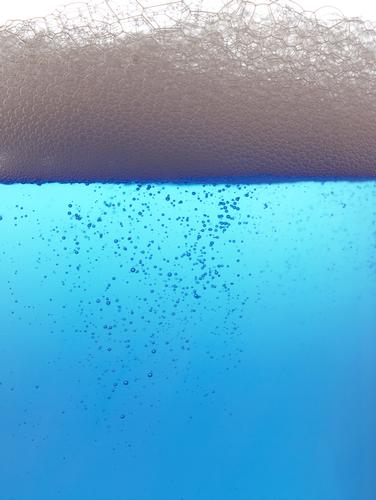Carryover is the generic term that is most commonly used to describe the situation when any solid, liquid or vaporous contaminant leaves a steam boiler and goes into the attached steam system. Clearly a high level of steam purity is a good thing, each and every steam system has a level that it requires, which is driven by the requirement of the process that it serves. In low to medium pressure boilers, entrained boiler water is the most common cause of steam contamination.
To avoid confusion, steam purity refers to the amount of solid, liquid, or vaporous contamination in the steam. High purity steam contains very little contamination. However, steam quality is a measure of the amount of moisture in the steam. It is expressed as the weight of dry steam in a mixture of steam and water droplets. For example, steam of 99% quality contains 1% liquid water.
In practice these contaminates can include; chemical substances (mercury, cadmium, lead, chlorines and chlorides), and boiler feed water chemicals (amines and hydrazine’s).
Effects of Steam Carryover
The effects of carryover are undesirable, they include;
- Boiler water solids carried over with steam will form deposits in steam traps, non-return and other control valves.
- Processes can be contaminated by carryover affecting product quality. In some instances, the effect of carryover on production overshadows all other considerations.
- Deposition in superheaters can lead to failure due to overheating and corrosion.
- Steam turbines are potentially prone to damage by carryover as deposits on turbine blades, creates imbalance reducing efficiency and capacity. Solid particles in steam can lead to erosion and corrosion in both turbines and other equipment.
- When large slugs of boiler water carry over with steam, the resulting thermal and mechanical shock can cause severe damage.
To make carryover easier to define we can split it into the following groups:
Priming
This is where boiler water is carried or forced from the boiler to the steam system. This is generally due to one or more of the following:
- Incorrect selection, installation, and maintenance of the raw water pre-treatment plant.
- Operating the boiler with an excessively high water level.
- Operating the boiler below its design pressure.
- Sudden, excessive steam demand.
Something to bear in mind is that FDA standards control the chemical limits on steam. Priming is not steam and will therefore contain very high concentrations of chemicals. Addressing the root cause of the priming listed above is typically achieved by; the installation/maintenance of the water treatment plant, operating the boiler at the correct ‘design pressure’, ensuring that the boiler water level is set correctly, installing steam load profile smoothing equipment (surpassing controls on the boiler, a steam accumulator, or boiler/production sequencing equipment).
Foaming
Foaming is where unstable water conditions exist in the boiler due to, raw water issues, chemical issues, or poor control. This is generally due to one or more of the following:
- High levels of total dissolved solids (TDS) in the boiler.
- Excess water treatment chemicals, i.e. non adherence to a water treatment programme.
- High alkalinity (>1 000 ppm).
To address foaming, the control of chemical dosage into the boiler should be in line with a boiler water treatment programme, recognised examples include; BS2486: 1997 and BS EN 12953 – 10 2003. The TDS control limits should be kept in line with the water treatment guideline recommendations. If the current boiler TDS blowdown controls are not working correctly, or cannot maintain the boiler at the required TDS level, then they should be replaced.
Carry Over
Where water droplets formed in the boiler and entrained within the steam is supplied to the steam system.
Certain types of boilers are known for their ability to produce clean steam constantly; other types are traditionally recognized as troublesome. Factors that affect carryover include design pressure, steam space size, design generating rate, circulation rate, and the type of mechanical separating equipment used. The prime means of preventing carryover is to have good mechanical steam separation devices. However, these devices do impose a small pressure drop.

